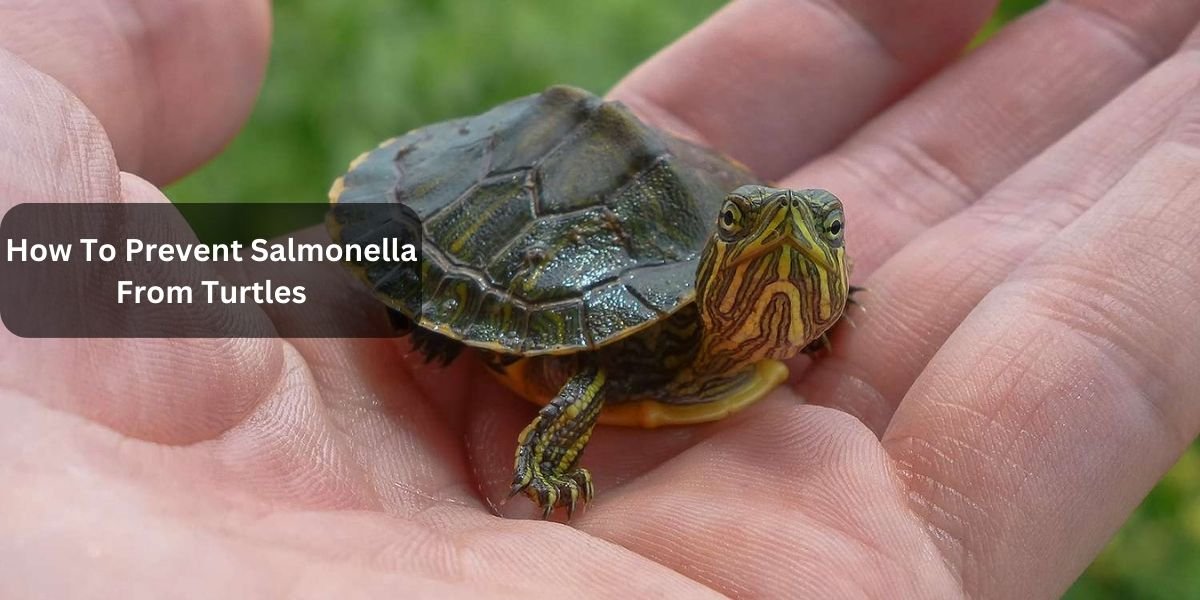Introduction:
A small, seemingly harmless turtle basking in its aquarium, providing companionship and a touch of nature to your home. While turtles make delightful pets, they can also carry a hidden danger – Salmonella. In this article, we’ll explore the risks associated with turtles and uncover practical tips on how to prevent Salmonella infection, ensuring a safe and enjoyable experience for both you and your shelled friend.
The Stealthy Threat of Salmonella
Salmonella is a bacteria notorious for causing foodborne illnesses, and surprisingly, turtles can be carriers. The Centers for Disease Control and Prevention (CDC) reports a concerning rise in Salmonella infections linked to pet turtles. Understanding the threat is the first step toward safeguarding your well-being.
How Do Turtles Carry Salmonella?
Turtles can carry Salmonella in their droppings, on their bodies, and even on their shells. The bacteria can then spread to their surroundings, including the tank water, food, and any surface they come into contact with. Knowing how it spreads empowers you to take effective preventive measures.
Choose the Right Turtle
Opt for turtles from reputable breeders or pet stores known for maintaining high hygiene standards. Ensure the turtle is healthy and has undergone a vet check to rule out any existing infections.
Hand Hygiene – Your First Line of Defense
Regular handwashing is a simple yet highly effective practice. Wash your hands thoroughly with soap and water before and after touching your turtle or any items within its enclosure.
Design a Clean Habitat
Establish a routine for cleaning the turtle’s habitat. Regularly remove uneaten food, clean the tank, and disinfect any equipment. A clean environment reduces the risk of Salmonella contamination.
Separate Living and Eating Spaces
Designate specific areas for feeding and basking. This separation minimizes the chances of Salmonella spreading to the turtle’s food.
Keep Children and Vulnerable Individuals Safe
Ensure that interactions between turtles and young children are supervised. Educate them about the importance of handwashing after handling the turtle or being near its habitat.
Educate Yourself and Others
Familiarize yourself with the symptoms of Salmonella infection in humans, which include diarrhea, fever, and abdominal cramps. Prompt recognition allows for quicker intervention.
Spread the Word
Share your knowledge with fellow turtle enthusiasts. Creating awareness about the potential risks encourages responsible pet ownership within the community.
Vet Consultations
Regular veterinary check-ups are crucial. If you notice any unusual behavior or signs of illness in your turtle, consult a vet promptly.
Conclusion:
In the delightful realm of pet ownership, ensuring the well-being of both human and turtle is paramount. By adopting simple yet effective practices, you can revel in the joy of having a turtle companion without compromising your health. Remember, the key lies in informed choices and proactive measures.
FAQs:
Q1: Can I get Salmonella from touching a turtle?
Yes, touching a turtle or its habitat can expose you to Salmonella. Always wash your hands thoroughly after handling turtles.
Q2: Are all turtles carriers of Salmonella?
While not all turtles carry Salmonella, it’s essential to follow preventive measures regardless of the turtle’s origin.
Q3: Can I keep a turtle if I have young children?
Yes, but it requires careful supervision. Educate your children about proper hand hygiene and limit direct contact with the turtle.
Q4: How often should I clean my turtle’s tank?
Regular cleaning is crucial. Aim for a weekly cleaning schedule to maintain a hygienic habitat for your turtle.
Q5: Is Salmonella only a concern with turtles?
Salmonella can be associated with various reptiles. Practicing good hygiene is essential when interacting with any reptile as a pet.



